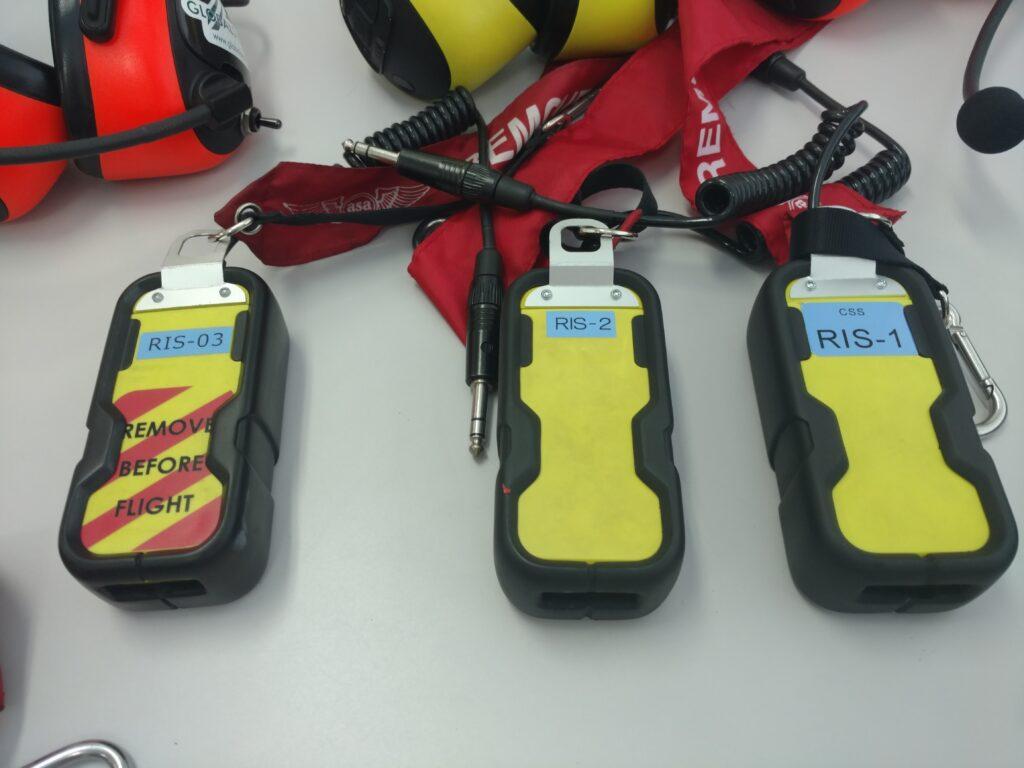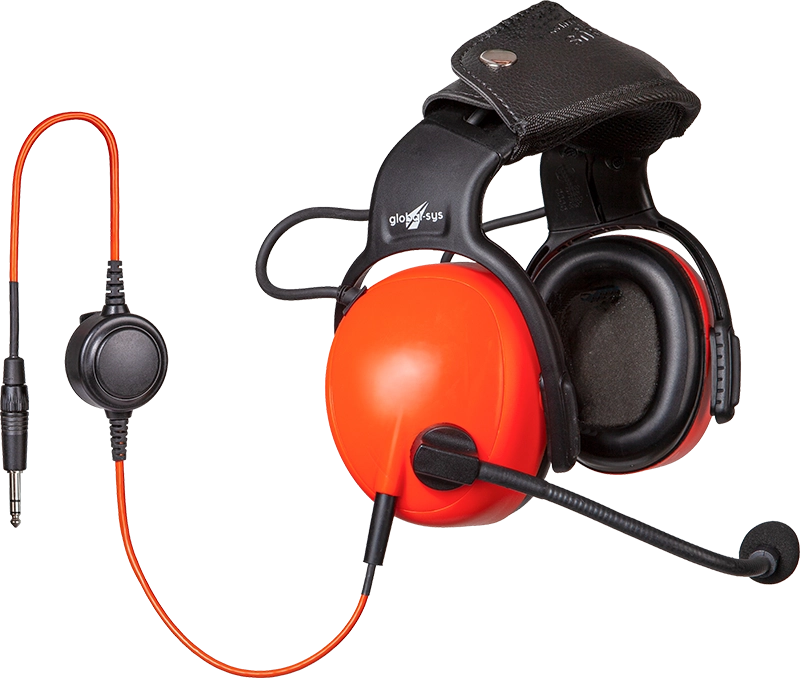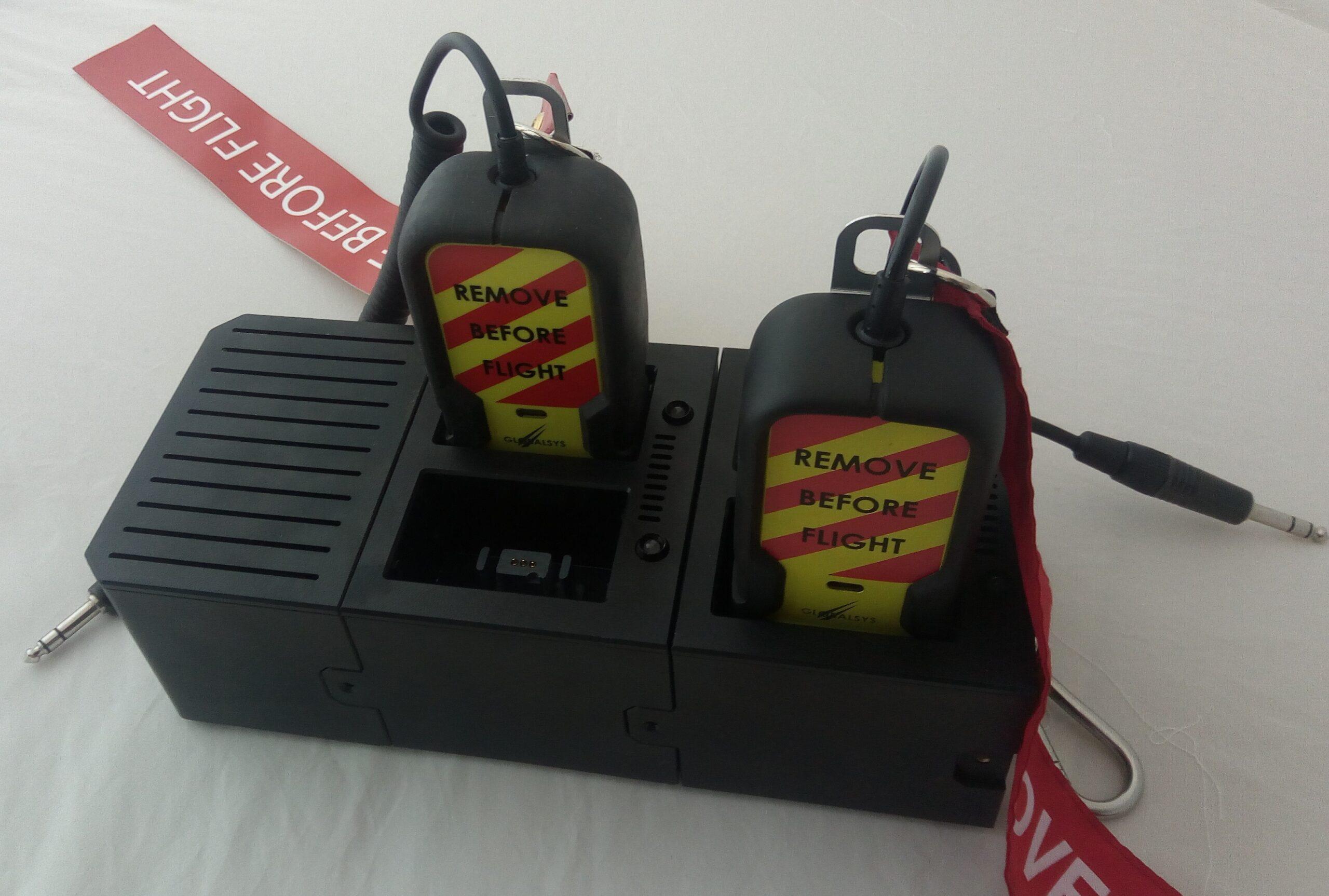An intercom system enables communication between multiple parties without requiring physical wired connections. In today’s fast-paced business environment, seamless communication is essential, particularly for teams operating across various locations. Globalsys offers advanced wireless intercom solutions that ensure high-quality, uninterrupted communication even in high-noise environments. This guide provides a detailed step-by-step process for connecting Globalsys wireless intercoms to an existing intercom system.
Key features of wireless intercoms
Traditional intercom systems required extensive wiring and complex installation processes. However, modern intercoms leverage radio frequencies, Wi-Fi, and Bluetooth technology to offer flexible and convenient communication. Some of the key advantages of wireless intercoms include:
- Mobility – wireless intercoms allow users to communicate seamlessly across different locations without being tethered to a fixed point.
- Scalability – New intercom stations can be easily integrated without the need for significant infrastructure modifications.
- Remote monitoring – Advanced intercom systems integrate with smart infrastructure, allowing remote access and control.
- Enhanced security – Wireless systems support encrypted communication, reducing the risk of unauthorized access.
- Interference reduction – By integrating wired intercom components, such as Cat 5/6 Ethernet cables, where applicable, users can enhance security and minimize interference.
Essential tools & equipment for integration
Globalsys offers high-performance products designed to facilitate clear communication in demanding environments, such as aviation, manufacturing, and emergency response. To set up your wireless intercom system, you will need:
- Base station – A durable, hands-free communication hub designed for high-noise environments. This serves as the central point for wireless intercom connectivity.
- Mobile beltpack – A lightweight and portable unit that enables users to communicate while on the move, making it ideal for large workspaces and outdoor operations.
- Desktop unit – A robust master station that integrates with existing intercom systems to provide clear communication in control rooms and high-noise environments.
- Wireless headset – Designed for hands-free operation, ensuring uninterrupted communication in critical operations.
Step-by-step guide to connecting wireless intercoms
- Choose optimal installation locations
- Ensure that the intercom stations are placed in areas with minimal physical obstructions to maximize signal strength.
- If integrating video intercom systems, position cameras strategically to cover all required angles.
- Ensure that the intercom stations are placed in areas with minimal physical obstructions to maximize signal strength.
- Power on the base station
- Connect the base station to a reliable power source and verify that all intercom devices are powered on and ready for use.
- Connect the base station to a reliable power source and verify that all intercom devices are powered on and ready for use.
- Pair mobile units with the base station
- Synchronize belt packs with the base station to enable hands-free communication for team members. Follow the manufacturer’s instructions for pairing procedures.
- Synchronize belt packs with the base station to enable hands-free communication for team members. Follow the manufacturer’s instructions for pairing procedures.
- Test the system for functionality
- Conduct a thorough functionality check by communicating between intercom stations to ensure proper operation.
- Verify audio clarity and assess signal strength in different locations.
- Conduct a thorough functionality check by communicating between intercom stations to ensure proper operation.
- Train users on system operation
- Educate team members on how to operate the intercom system, adjust settings, and troubleshoot common issues.
- Provide guidelines for effective communication protocols in high-noise environments.
- Educate team members on how to operate the intercom system, adjust settings, and troubleshoot common issues.
Troubleshooting common integration issues
Even with a seamless setup, occasional technical challenges may arise. Here are some common issues and solutions:
- Signal interference
- Adjust device placement and frequency settings to minimize disruption caused by nearby electronic devices.
- Adjust device placement and frequency settings to minimize disruption caused by nearby electronic devices.
- Connectivity failures
- Ensure all intercom stations are correctly paired with the master station.
- Re-sync mobile units if necessary and check for firmware updates.
- Ensure all intercom stations are correctly paired with the master station.
- Audio clarity issues
- Confirm that all devices are within the recommended operating range.
- Inspect microphones and speakers for any obstructions or damage.
- Confirm that all devices are within the recommended operating range.
- System maintenance
- Regularly inspect both wired and wireless intercom devices for wear and tear.
- Refer to the product manual for manufacturer-recommended troubleshooting steps.
- Regularly inspect both wired and wireless intercom devices for wear and tear.
Enhancing communication with modern intercom solutions
Upgrading to a modern wireless intercom system significantly improves communication efficiency, streamlines operations, and enhances security. To maintain long-term reliability, businesses should implement the following best practices:
- Regular system updates – Keep software and firmware up to date to benefit from the latest security patches and performance enhancements.
- User training – Periodically train team members to ensure they can fully utilize intercom system features.
- Proactive monitoring – Continuously assess intercom system performance and address issues before they escalate.
With Globalsys’ cutting-edge intercom solutions, businesses can achieve seamless, high-quality communication in various industries, from aviation and manufacturing to large commercial spaces. By following this step-by-step guide, you can ensure a smooth integration of wireless intercoms into your existing system, enhancing operational efficiency and overall connectivity.





